As the need for procurement functions continue to grow, it is important to ensure your firm’s procurement team evolves and keeps up with top industry performers using procurement performance metrics. Determining these metrics may seem daunting, but it does not need to be. Metrics should be chosen on a contextual basis and should excite the team, driving productivity levels to reach the metric goals.
Here are 5 metrics to get you jumpstarted on growing your firm’s procurement department:
- Maverick Spend:
- Maverick spend is traditionally defined as purchases made outside of agreed contracts, but the definition is flexible to the context of your company. For example, if your company struggles with a high rate of P-Card purchases, your definition of maverick spend could translate to P-Card purchases even though it is not “outside of agreed contracts.” Tracking any spend outside of controlled parameters will bring organization to your firm’s spend patterns.
- Contract Compliance:
- Ever wondered how much effort your team puts into settling on an agreed contract with a supplier? Measuring contract compliance rate may be your answer. This metric can be personalized with 3-5 key contract terms that are the most important to your company. Once chosen, buyers or S2P systems can track the rate at which suppliers comply, giving insight into which suppliers are not readily accepting. Or, if the firm itself needs to reframe that specific contract term to keep up with industry norms.
- Customer Satisfaction:
- In the context of Procurement, customer satisfaction translates to the happiness of the firm’s employees. Their happiness could depend on the rate at which they receive the requested products/services, the procurement team’s communication levels with customers, using the best suppliers, etc. A simple way to keep track of what aspects of procurement are most important to your customers is to conduct a semi-annual or annual survey including standard customer service questions. Use the customer responses to determine key satisfaction areas for your procurement team to focus on in the coming quarter.
- SCM Productivity:
- This metric measures the supply chain team’s activity against top performing industry benchmarks. This could be defined as the number of procurement transactions managed by buyers, the procurement team’s PO cycle time, PO accuracy and many others. The company and procurement team must decide which of these are critical to procurement success and continue tracking against the defined benchmark until the gap has been closed. This metric can be conducted in parallel to the customer satisfaction metric to determine high priority activities to be tracked.
- Procurement Savings:
- Traditionally defined as procurement led profit enhancing savings, tracking EBITDA is most often the best approach to measuring procurement savings. EBITDA, or earnings before interest, taxes, depreciation, and amortization, is a measure of a company’s overall financial performance and is used as an alternative to simple earnings or net income in some circumstances. Simply put, EBITDA is a measure of profitability. EBITDA savings can be divided into the company’s KPI’s, e.g. savings by category, savings by type, etc.
It is important to keep in mind that metrics should be fluid, grow with the team and scope, and regularly be reevaluated, at minimum, annually.
Subscribe to ProcureAbility Insights to access whitepapers, presentations, plus our latest thought leadership.



